This is the second part of a serialization of my long form discussion with Benny Fergurson aka the Movement Monk. Here is part 1:
Transcript
Benny: When we were speaking last time, you really shared something interesting. Findings that you have been looking at between PTSD and Parkinson's and stress. I'd love to hear more about what you've learned with that.
Lilian: So the next thing I did after I had told these four people and realized that I a completely new coach could help them to that extent. Then I started to find out what was going on here, and I used Google, and YouTube a lot and just searched and searched and searched for information. One of the pieces of information I found was if you look into really old videos on YouTube from the First World War, there are some primitive black-and-white videos about people that come home from war.
They have at that time, they called it shell shock, now we call it PTSD. But what I saw was people trembling. It's people being stiff in their faces (link to old video here). I saw all the symptoms that you see in Parkinson's. But they also told about the symptoms that are not always visible, that people can go blind or deaf, stiff in in every symptom. These guys had it, but it was young people in there, maybe 30s that had been at war for a few months. So I guess that the ones who were not shot or put in mental hospitals recovered.
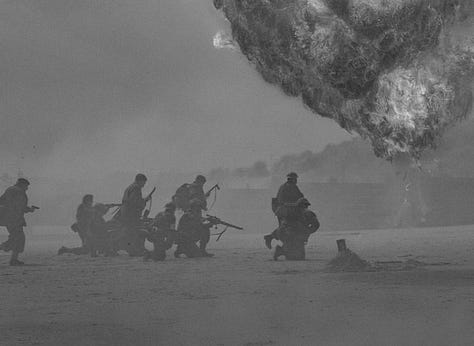
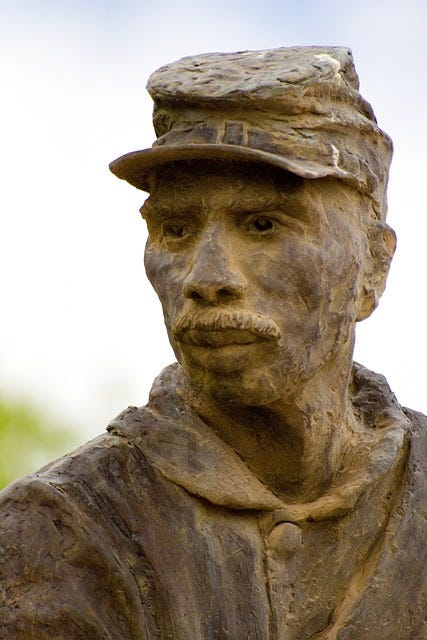
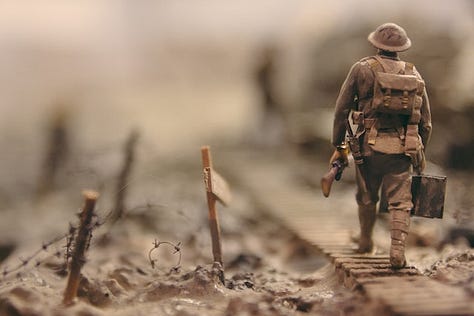

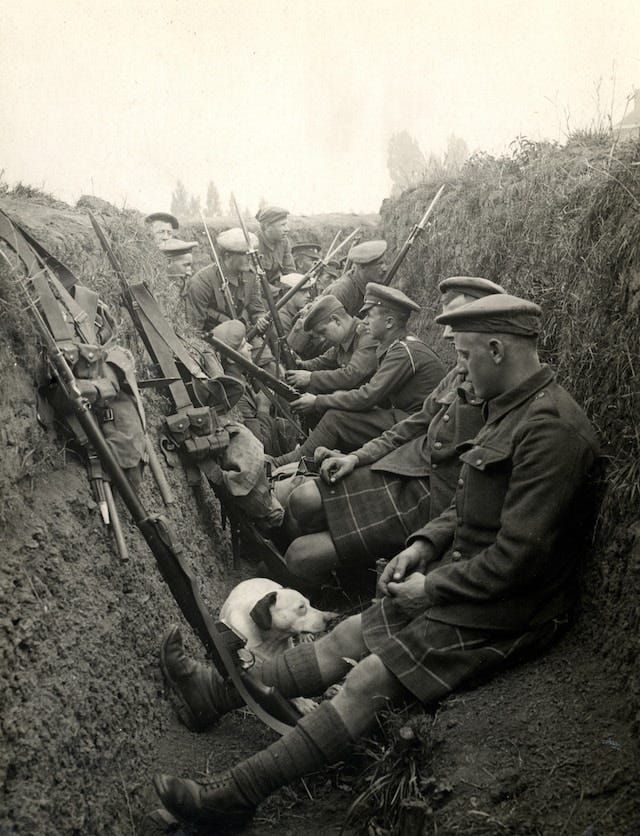
But if it's not stress in the short term, but it's stress after a long life because you were in a troublesome family, were bullied in school, or had a terrible spouse or a stressful job, then you can get some sort of PTSD as well. But from a lot of small things or big things, children take it into their mind to a lot bigger extent than we believe right now.
So all these chronic diseases, and probably also the guys that are on board your programs, are probably hit with PTSD after a long life of stressful events that were hard for mind and body. It sums up and becomes visible when we become older and you cannot pinpoint the connection to a certain episode of your life.
You haven't been in a war, so you knew you were OK before the war and terrible after the war. It's just sum up. You cannot pinpoint exactly the episode. So it's a lot of smaller episodes.
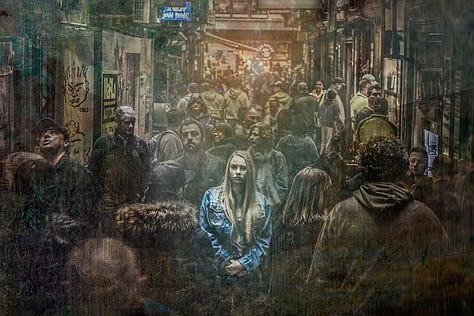

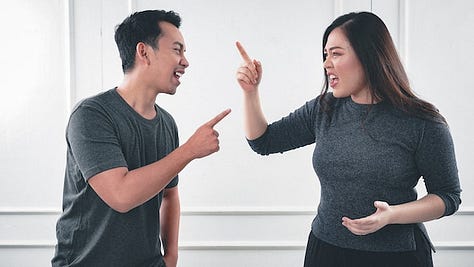
Benny: Yeah, I sometimes put these things in the category of like invisible conditions or invisible illnesses where, like a modern medical scan can't always pick up. Things, particularly if the physical symptoms haven't yet manifested, where it can't even be identified. Well, I don't know what's happening and the person's having a real legitimate experience and they feel what's going on. But no one can say what it is because of this accumulation of time.
When I first got a computer a long time ago, it had this feature on it called Defrag. I used to love it, because like it was this colored matrix of all these boxes and it would take all the different boxes and line them up in an order. And then when it did, then the information would flow a lot easier, and the computer would perform a lot better. It's how I see the work that we're both doing, in that things can get fragmented and it kind of builds up and pulls like the whole system, the nervous system, everything out of alignment.
Over time, it kind of reflects that of saying, hey, there's like these programs that are not serving the balance and harmony of the body, and it reflects that, and it's not just one thing. Kind of like one thing attaches to another thing and attached to another thing. It can build up until it reaches the overflow point, and then pain happens, different conditions happen as a result. To know that we can actually start this process of unraveling, and you don't have to just manage these things.
It's an incredible opportunity that I think that we have moving forward in therapeutic treatment.
Lilian: Actually what you say about that, we have a lot of small programs that don't suit us anymore. So when you were a child, maybe your sister took one of your toys and when you took it back again, she started to scream, and your parents came and yelled at you or smacked you in the face. Then you learned when I stand up for myself and want what's mine back again, I'm shut down. So you install a program saying that I will not defend myself because it hurt me.
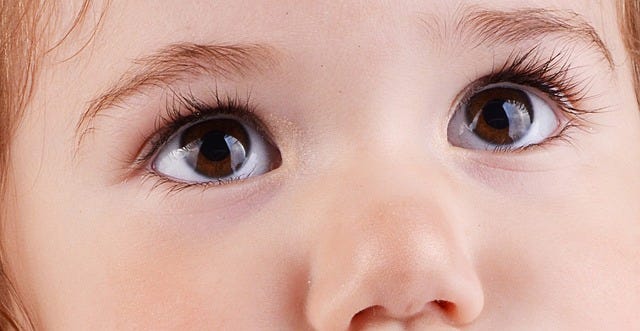

That might work well in the family you were born in. When you get older and have the same program instead installed, “I'm not standing up for myself. I'm letting everybody else take decisions and just lean back and become a victim in small situations”. That program doesn't serve you, but you have to install that program. It's something called prediction theory that's coming towards this area that explains that we predict "OK, if I stand up for myself in this meeting and tell my version of my story or how we can I can influence this group setting, I will probably get hurt. So I shut down and do not speak up."
That's why most people are not able to make a public speaking or sing in public and why we have been shut down. And these programs, these memories, I call them body memories. They are in our body and make a little block. So if we are in a setting where we ought to stand up for ourselves, this body memory comes up and says: “That it didn't work when you were three years old, so don't try it again”. But it's possible to resolve this program so you don't have it anymore. So you can just say your opinion and be free and a more whole person. These body memories are sitting somewhere in your body and one or two might not hurt. But if they are big or you have a lot of smaller ones, they become restrictions somewhere in your body and they can become big.
I guess you have experienced it. They can force some of your back or your bones to curl in a different direction. Or, for example, you call it a frozen shoulder. It can be some of these body memories, some of these restrictions where your body remembers these stresses and puts a block on a muscle or something like that.
Benny: Yes, we develop these self-protective mechanisms that present physically. By moving certain areas, even thinking about certain areas, we can then relive these experiences and don't want to do that. So we lock it down and it can just amplify. The interesting thing that I find is it might start with something and then that same program just continues to create more and more experiences like that. So it sort of reinforces.
Lilian: So it gets bigger and bigger. The more time you try to, in this example, stand up for yourself and you are shut down again and you have just got a stack up of these body memories. That's how it works.
Benny: often we think that I was because this is because of this and that situation. It's like it's different, but it can come back an actual core experience that's then being recreated.
The HOPE shortcut "Member Area" now "HOPE Community”
- this is to reflect better that our intention for this space is to provide fellowship and companionship on our healing journeys, as well as an online recovery retreat, where you can learn and onboard the knowledge and techniques for healing and recovery
We know, and have experienced, not only the loneliness that comes with a chronic illness, but how it can be such a lonely path being one of the few who are hopeful and know they can heal, especially when friends, family, and doctors don't believe that healing, recovery, symptom reduction, or being drug independent, is even possible.
Instead of being alone and isolated, our HOPE Community is intended to connect you with like minded folks, and fellow travellers, including ourselves. Whether in the weekly group calls, asking questions and sharing experiences in the forum, listening to Community member's healing stories in Lilian's library, or following Gary's recounting of his own journey story, here you will find a sense belonging and togetherness, and the feeling that you are supported.
Here is where hope can grow into faith and action.
This months special offer for Community member's is a free coaching session with Lilian.
This weeks discussion theme in the Community forum is "Hope v Faith in Healing".
This weeks addition Gary's Content area is about the role of Dopamine Cell Receptors in chronic conditions.
This weeks instalment to Gary's Story is My Experiments with Dance as Therapy.
Subscribe to join:





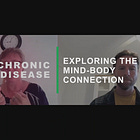


Share this post